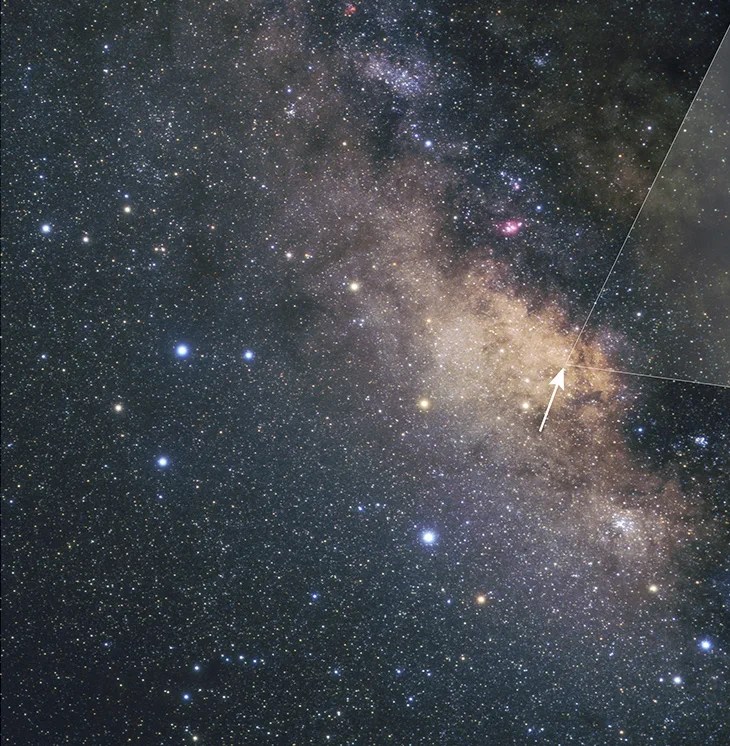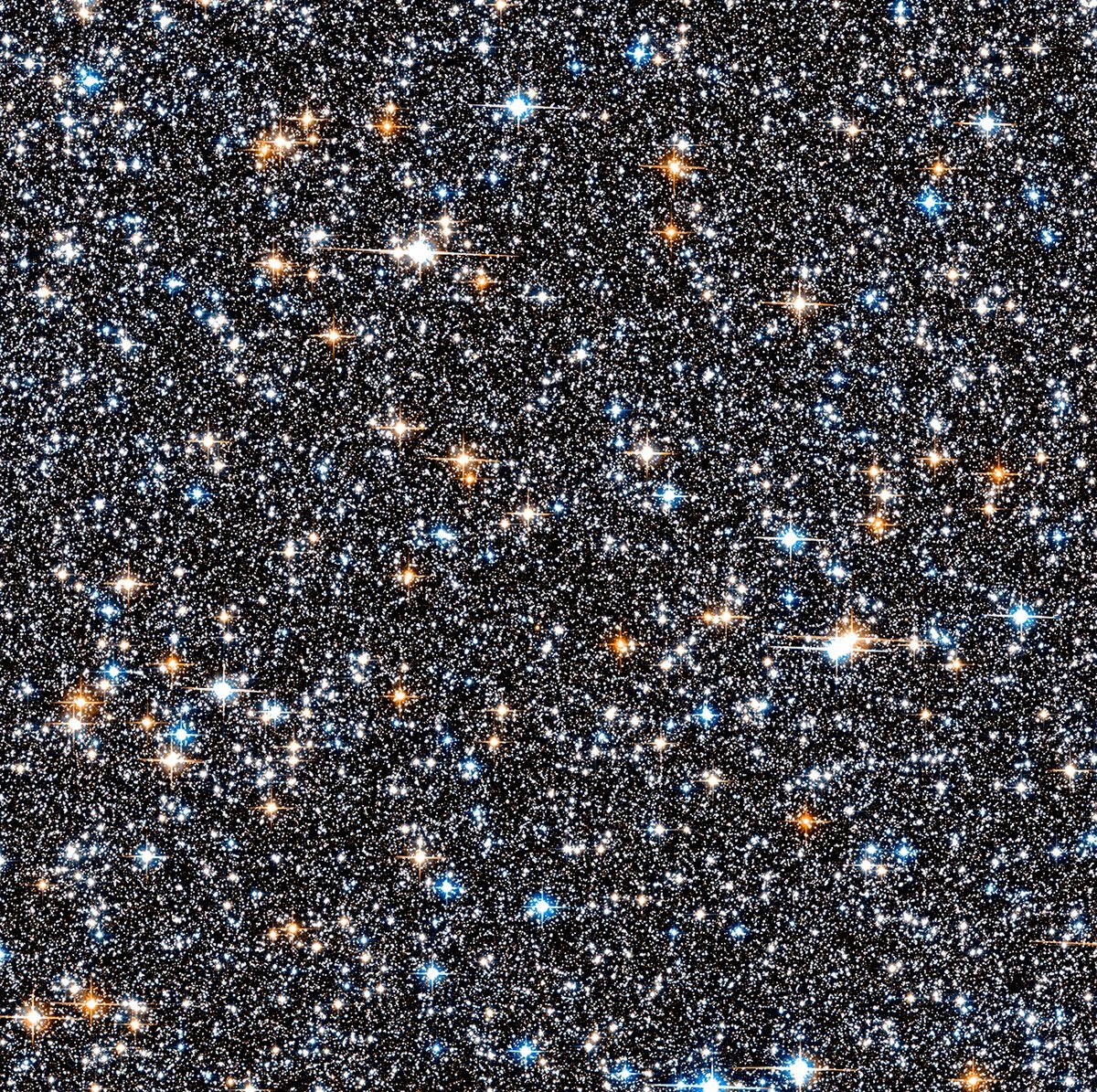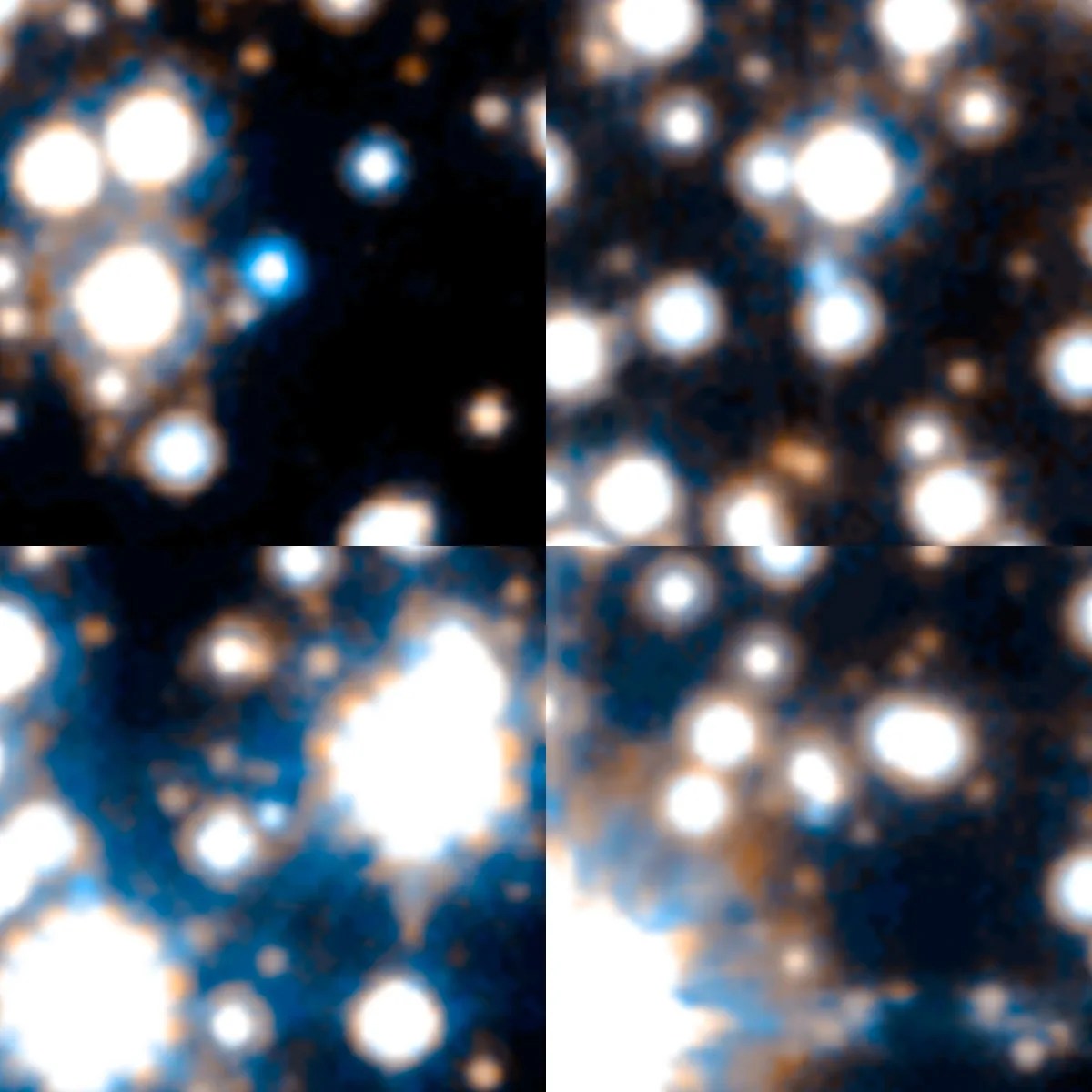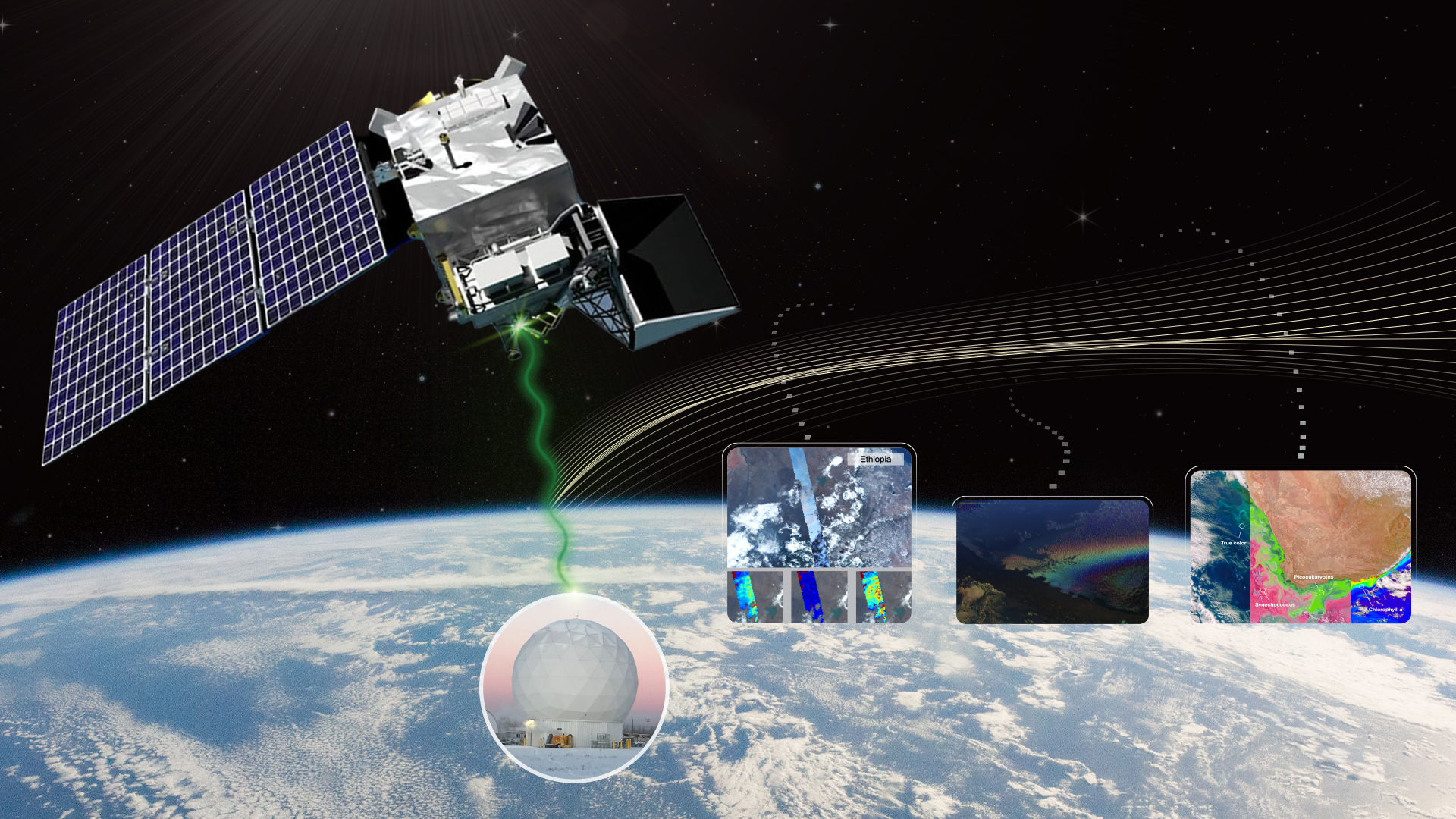5 min read
Using NASA’s Hubble Space Telescope to conduct a “cosmic archaeological dig” at the very heart of our Milky Way galaxy, astronomers have uncovered the blueprints of our galaxy’s early construction phase.

Peering deep into the Milky Way’s crowded central hub of stars, Hubble researchers have uncovered for the first time a population of ancient white dwarfs -- smoldering remnants of once-vibrant stars that inhabited the core. Finding these relics at last can yield clues to how our galaxy was built, long before Earth and our sun formed.
The observations are the deepest, most detailed study of the galaxy’s foundational city structure— its vast central bulge that lies in the middle of a pancake-shaped disk of stars, where our solar system dwells.
As with any archaeological relic, the white dwarfs contain the history of a bygone era. They contain information about the stars that existed about 12 billion years ago that burned out to form the white dwarfs. As these dying embers of once-radiant stars cool, they serve as multi-billion-year-old time pieces that tell astronomers about the Milky Way’s groundbreaking years.
An analysis of the Hubble data supports the idea that the Milky Way’s bulge formed first and that its stellar inhabitants were born very quickly—in less than roughly 2 billion years. The rest of the galaxy’s sprawling disk of second- and third-generation stars grew more slowly in the suburbs, encircling the central bulge like a giant sombrero.
“It is important to observe the Milky Way’s bulge because it is the only bulge we can study in detail,” explained Annalisa Calamida of the Space Telescope Science Institute (STScI) in Baltimore, Maryland, the science paper’s lead author. “You can see bulges in distant galaxies, but you cannot resolve the very faint stars, such as the white dwarfs. The Milky Way’s bulge includes almost a quarter of the galaxy’s stellar mass. Characterizing the properties of the bulge stars can then provide important information to understanding the formation of the entire Milky Way galaxy and that of similar, more distant galaxies.”
The Hubble survey also found slightly more low-mass stars in the bulge, compared to those in the galaxy’s disk population. “This result suggests that the environment in the bulge may have been different than the one in the disk, resulting in a different star-formation mechanism,” Calamida said.
The observations were so sensitive that the astronomers also used the data to pick out the feeble glow of white dwarfs. The team based its results on an analysis of 70 of the hottest white dwarfs detectable by Hubble in a small region of the bulge among tens of thousands of stars.
These stellar relics are small and extremely dense. They are about the size of Earth but 200,000 times denser. A teaspoon of white dwarf material would weigh about 15 tons. Their tiny stature makes them so dim that it would be as challenging as looking for the glow of a pocket flashlight located on the moon. Astronomers used the sharp Hubble images to separate the bulge stars from the myriad stars in the foreground of our galaxy’s disk by tracking their movements over time. The team accomplished this task by analyzing Hubble images of the same field of 240,000 stars, taken 10 years apart. The long timespan allowed the astronomers to make very precise measurements of the stars’ motion and pick out 70,000 bulge stars. The bulge’s stellar inhabitants move at a different rate than stars in the disk, allowing the astronomers to identify them.
The region surveyed is part of the Sagittarius Window Eclipsing Extrasolar Planet Search (SWEEPS) and is located 26,000 light-years away. The unusually dust-free location on the sky offers a unique keyhole view into the “downtown” bulge. Hubble’s Advanced Camera for Surveys made the observations in 2004 and 2011 through 2013.

“Comparing the positions of the stars from now and 10 years ago we were able to measure accurate motions of the stars,” said Kailash Sahu of STScI, and the study’s leader. “The motions allowed us to tell if they were disk stars, bulge stars, or halo stars.”
The astronomers identified the white dwarfs by analyzing the colors of the bulge stars and comparing them with theoretical models. The extremely hot white dwarfs appear bluer relative to sun-like stars. As white dwarfs age, they become cooler and fainter, becoming difficult even for sharp-eyed Hubble to detect.

“These 70 white dwarfs represent the peak of the iceberg,” Sahu said. “We estimate that the total number of white dwarfs is about 100,000 in this tiny Hubble view of the bulge. Future telescopes such as NASA’s James Webb Space Telescope will allow us to count almost all of the stars in the bulge down to the faintest ones, which today’s telescopes, even Hubble, cannot see.”
The team next plans to increase their sample of white dwarfs by analyzing other portions of the SWEEPS field. This should ultimately lead to a more precise estimate of the age of the galactic bulge. They might also determine if star formation processes in the bulge billions of years ago were different from what’s seen in the younger disk of our galaxy.
The team’s results appeared in the Sept. 1, 2015, issue of The Astrophysical Journal. A companion paper appeared in The Astrophysical Journal in 2014.
The Hubble Space Telescope is a project of international cooperation between NASA and the European Space Agency. NASA's Goddard Space Flight Center in Greenbelt, Maryland, manages the telescope. The Space Telescope Science Institute (STScI) in Baltimore, Maryland, conducts Hubble science operations. STScI is operated for NASA by the Association of Universities for Research in Astronomy, in Washington, D.C.
For images and more information about this study and Hubble, visit:
Contact:
Donna Weaver/Ray Villard
Space Telescope Science Institute, Baltimore, Maryland
dweaver@stsci.edu/villard@stsci.edu







